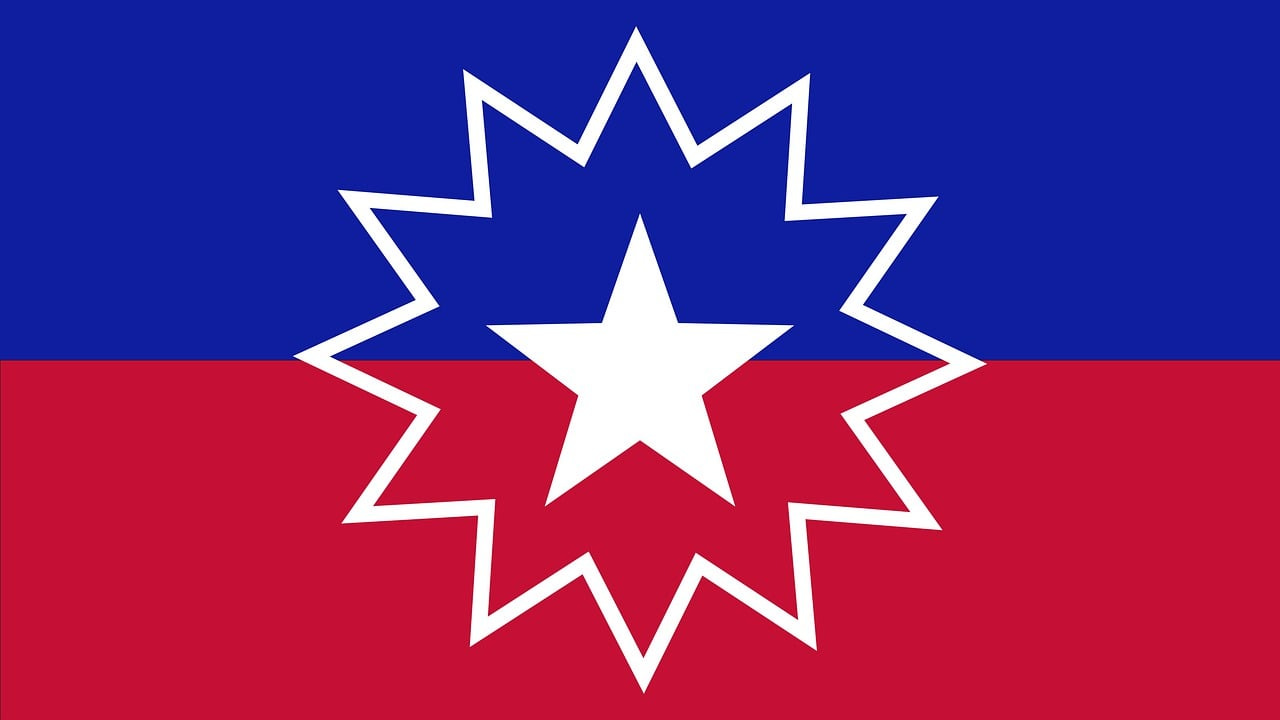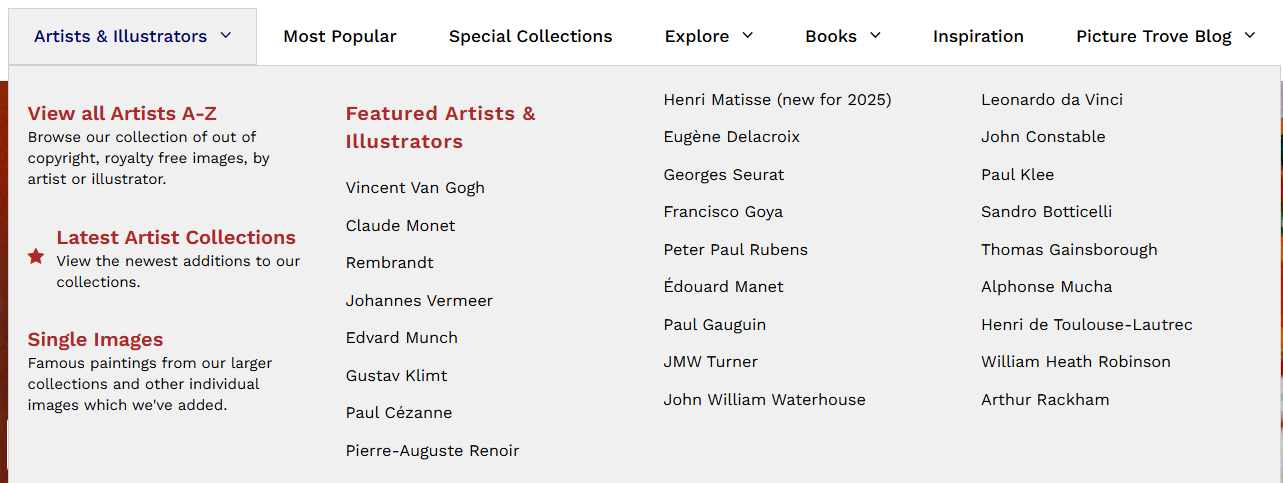Thursday Things is here! This week we celebrate Juneteenth and browse an art collection.
If you enjoy this edition, please click the heart icon in the header or at the end of the post to let me know.
The Juneteenth flag. Image by Wynn Pointaux from Pixabay
Juneteenth
Today is “Juneteenth”, America’s newest federal holiday, signed into law by President Biden in 2021. Many people are still unfamiliar with what Juneteenth is all about and why it is a federal holiday. So let’s take a look at the history behind this observance.
From Britannica:
Juneteenth, holiday observed annually on June 19, commemorating the end of slavery in the United States. A combination of the words June and nineteenth, the holiday, also called Freedom Day, has been celebrated since 1866 and is considered to be one of the oldest continuing African American holidays. On June 17, 2021, Pres. Joe Biden signed legislation to make Juneteenth a federal holiday.
Now, you might be thinking, didn’t President Lincoln end slavery with the Emancipation Proclamation in 1863?
Not exactly.
In 1863, during the American Civil War, Pres. Abraham Lincoln issued the Emancipation Proclamation, which declared more than three million enslaved people living in the Confederate states to be free. (Chattel slavery remained legal in border states loyal to the Union—such as Delaware, Maryland, Kentucky, Missouri, and West Virginia—and was not officially abolished in the United States until the passage of the Thirteenth Amendment.)
As one might imagine, Confederate authorities were not exactly working overtime to spread the word about the Emancipation Proclamation, much less carry it out. So there was a bit of delay in many slaves getting the news:
It was not until Union soldiers arrived in Galveston, Texas, on June 19, 1865, and were able to enforce the edict that the state’s residents finally experienced freedom.
Note the date.
The following year, on June 19, 1866, the first official Juneteenth celebrations took place in Texas. The original observances included prayer meetings and the singing of spirituals, and celebrants wore new clothes as a way of representing their newfound freedom.
The celebration of Juneteenth, also called Jubilee Day, Emancipation Day, and Freedom Day, became a well-established custom among black communities in Texas. As black Texans moved around the country, they took this tradition with them, and the celebration of Juneteenth spread.
Juneteenth became a state holiday in Texas in 1980, and a number of other states subsequently followed suit.
I first heard of Juneteenth while living in the Washington, DC area in the 1990s.
Following the tumult of 2020, there was a push to elevate Juneteenth to a federal holiday, which culminated in the official recognition of the holiday the following year.
One could argue that the issuance of the Emancipation Proclamation would be a more on point date to commemorate as a holiday, but here’s the problem with that: The Proclamation was issued on January 1, 1863. And New Year’s Day is already a federal holiday.
And while Lincoln’s Proclamation provided the legal authority, it still had to be carried out. Juneteenth is a more pragmatic day to observe, and a more organic holiday — a day of the people being freed celebrating their actual freedom instead of the day a piece of paper was signed.
Juneteenth represents America belatedly fulfilling one of its founding promises — that all men are created equal. That work was far from finished on June 19, 1865, and remains an ongoing obligation for all Americans today. Juneteenth reminds us that the work of extending and preserving freedom is never done.
And it’s also an excuse for a cookout.
Happy Juneteenth!
Tastes like freedom. Photo by b.k. on Unsplash
Public Domain Image Library
One of our favorite things to do here at Thursday Things is point you toward online collections of public domain maps, images, books, videos, and the like.
This week I stumbled on the Public Domain Image Library.
Our mission is to bring out-of-copyright pictures from both well-known and little-heard-of artists and illustrators to the public eye; pictures that can be used and enjoyed for many years to come.
We’ve got whole collections dedicated to the work of numerous artists & illustrators. All of the images in our collections are out of copyright and in the public domain in the UK, US and all countries that follow the same copyright rules, and therefore can be used as many times as you like without paying any royalties or commissions to anyone
The PDIL is apparently a small operation:
Public Domain Image Library is a tiny company (two of us - Sandie and Andy Goble) based in Rayleigh in the United Kingdom.
They have curated collections of public domain images by many artists and illustrators, famous and otherwise:
Matisse, Van Gogh, Monet, Kandinsky, and many more!
You can download entire collections by artist for five or six dollars each. (While the works are in public domain, and you’re certainly free to go track the images down yourselves, PDIL charges this small fee to compensate their efforts in curating the collections for you and to keep the site online, which is entirely reasonable.)
Browsing the images costs nothing, so you could just enjoy the illustrations. However, everything here is in the public domain, at least in the US, UK and similar jurisdictions, so if you do download these images, you can do all sorts of things with them.
PDIL has an Inspiration page which suggests many ideas:
Public domain art images offer an incredible resource for creatives looking to produce unique and sellable products. These images, free from copyright restrictions, span a vast array of styles, periods and cultures, providing endless possibilities for innovation. Here are some ideas and inspiration to help you use public domain art to produce and market products successfully.
You can use public domain images to make fashion and accessory items, wall art and prints, stationery and paper goods, coffee mugs, keyrings, print-on-demand, and digital items. The possibilities are endless!
Maybe a visit to the Public Domain Image Library will inspire your next creative project or side hustle. At the very least, you’ll enjoy seeing the work of hundreds of artists from days gone by.
This week’s edition is brought to you by Dan’s Advice: Take control of your digital life.
Thank you for reading!
Please click the hearts, leave a comment, and use the share feature to send this issue to a friend who might enjoy it. See you next Thursday!






